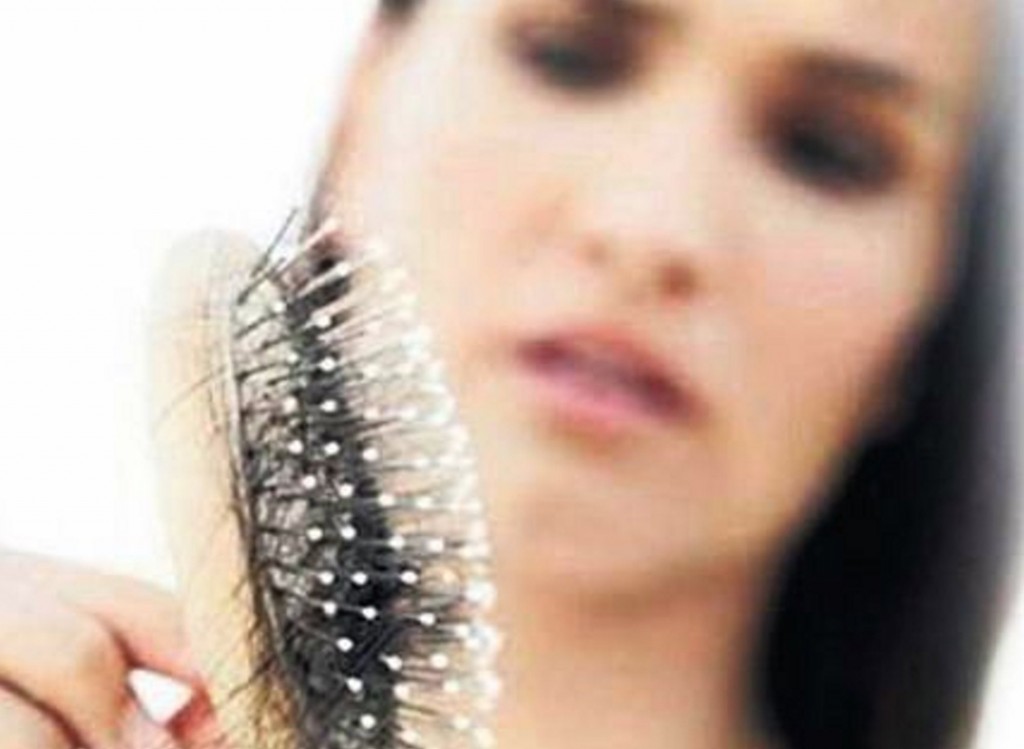
Let’s Talk Hair Loss…
Hair loss occurs when hair from the scalp and body begins to fall out or stop growing. When most people think of hair loss, they think of old age. But the fact of the matter is that many people deal with hair loss every day. Hair loss can be brought about by old age, heredity, medical conditions, certain medications, hormonal changes, and more. Men, women, and children can all struggle with hair loss. Hair loss can appear in multiple different ways. The look of the loss depends on what is causing it. For some people, the loss is gradual. For others, it’s far too sudden. For both of those situations, the loss can occur on the scalp, the body, or both. Sometimes hair loss is just temporary, due to a new medication or stress. And for others, it’s permanent.
What Causes It…
If you’re reading this article and find yourself freaking out because you remember having to clean all the hair out of your shower drain this morning…don’t be alarmed. People typically shed fifty to one hundred hairs each day. This normally doesn’t cause a noticeable amount of hair loss, because new hairs are growing in at the exact same time. So having to clean your shower drain once a week or comb out the hair stuck in your brush every couple days doesn’t mean you’re going bald. Hair loss occurs when the normal routine of hair shedding along with it growing back simultaneously is disturbed. Or in some cases, when your hair follies are destroyed. So if you’re noticing that each time you clean out that hair brush your hair feels a bit thinner, you should keep reading.
Hair loss can occur for a wide array of reasons. Hair loss due to family history, (heredity) is the most common cause hair loss. Heredity hair loss is most commonly associated with baldness, which refers to an extreme amount of hair loss from the scalp. But the age at which your hair loss begins is also linked to heredity. The rate at which the hair is lost and the extent of the baldness is also hereditary. Baldness is most common in men and some children begin to struggle with it as soon as they reach puberty.
Hormonal changes and other medical conditions are also leading causes of hair loss. Hormonal changes such as pregnancy, childbirth, menopause, etc can create an imbalance and cause temporary hair loss. Alopecia Areata, which is a non scarring hair loss, occurs when the immune system attacks hair follicles. When attacked, the hair begins to fall out, leaving round bald patches on the scalp and skin. Ringworm and other scalp infections are also known to result in hair loss. As for skin disorders, Lichen Planus, Lupus, and Sarcoidosis can leave people with hair loss. Trichotillomania, which is a hair pulling disorder, is more common than you would think. This conditions causes people to have an urge to pull out their hair from all areas of their body.
Medications are also known to cause hair loss. Drugs for cancer, depression, heart problems, arthritis, high blood pressure, too much Vitamin A, and birth control all have a similar side affect…loss of hair. Radiation therapy, trigger (emotional) events, and certain hair styles and hair products can have this side affect too.
The Symptoms…
MayoClinic, an extremely reputable website for all things medical, made a list of the most common signs and symptoms for hair loss. MayoClinic explained…
Signs and symptoms of hair loss may include:
- Gradual thinning on top of head. This is the most common type of hair loss, affecting both men and women as they age. In men, hair often begins to recede from the forehead in a line that resembles the letter M. Women typically retain the hairline on the forehead but have a broadening of the part in their hair.
- Circular or patchy bald spots. Some people experience smooth, coin-sized bald spots. This type of hair loss usually affects just the scalp, but it sometimes also occurs in beards or eyebrows. In some cases, your skin may become itchy or painful before the hair falls out.
- Sudden loosening of hair. A physical or emotional shock can cause hair to loosen. Handfuls of hair may come out when combing or washing your hair or even after gentle tugging. This type of hair loss usually causes overall hair thinning and not bald patches.
- Full-body hair loss. Some conditions and medical treatments, such as chemotherapy for cancer, can result in the loss of hair all over your body. The hair usually grows back.
- Patches of scaling that spread over the scalp. This is a sign of ringworm. It may be accompanied by broken hair, redness, swelling and, at times, oozing.
(Signs and symptoms list borrowed from MayoClinic.org)
Dealing With Hair Loss…
Some people go with the flow and let their hair slowly fall out, not being bothered too much. While others wear hats, part their hair differently, buy wigs and toupees, cover up with a scarf, and so on. Some also choose the medical route, finding a treatment that is known to restore growth to their hair. The most used treatment for hair regrowth is Light Therapy.
What Is Light Therapy?
Light Therapy is a design of treatment that uses different forms of light to treat a vast majority of conditions and disorders. Doctors of all sciences have been using light therapy on their patients for years now. Thanks to the convenience of new light therapy products, it is now easy and accessible to use Light Therapy products at home. Light therapy has been helping with hair regrowth for years now and there is no sign of struggle.
Hair Loss and Light Therapy…
When it comes to hair regrowth, red light therapy is the way to go. A Low Level Light Therapy or Low Light Laser Therapy (LLLT), is typically just what the doctor ordered. This refers to the use of red and near infrared light therapy. The treatment does not need to be in the form of a laser to work, but some people prefer it. Wavelengths in the range of 630 to 670 nanometers are most commonly used for this form of Light Therapy.
How Does It Work?
Light Therapy Options, a website dedicated to all forms of Light Therapy, wrote a piece about red light therapy and how it can be used for hair regrowth. In the site’s “frequently asked questions” portion of the article, there is a fairly technical explanation of how the treatment works. The site describes,
“Visible red light is capable of being absorbed by the molecules of the hair follicle and can stimulate the growth or re-growth of the hair following a natural biological reaction. The light must be absorbed for this reaction to occur.
From a more technical standpoint, the reason that red light is absorbed is because of a substance called cytochrome c, which is an intracellular enzyme. That enzyme can absorb the light within that range and is also responsible for stimulating the hair follicle by sending it certain signals. Those signals promote gene activity and lower apoptosis (cell death regulated by the genes), as well as other reactions.
This has been known since 1967 when it was accidentally discovered by a Hungarian scientist who noticed that exposed, shaved mice experience faster hair re-growth.”
(RedLightTherapy.com)
What To Use…
There are a few different ways to use red light to help trigger your regrowth. So whether you’re on a new medication, your father is bald and you’re feeling it coming on, or you’re dealing with one of the many other possibilities, it’s probably time to figure out what’s going to work best for you. One form of Light Therapy is to use a wand. This is typically hand held and can be held the required distance away from your scalp or body for a certain amount of time. There are also panels that can be set up at a place of your convenience. For example, you watch tv every day around 7PM. Set the red light panel up on it’s stand, just above your head. It will work it’s magic for the required amount of time while you just go about your daily routine. Light Therapy beds and laser treatments at your doctor/dermatologists office are also viable options.
There are no known side affects for light therapy in relation to hair loss and hair regrowth, making it one of the best options if you or someone you know is dealing with this difficult circumstance. What’s the worst that can happen? You get to donate back that wig?!







